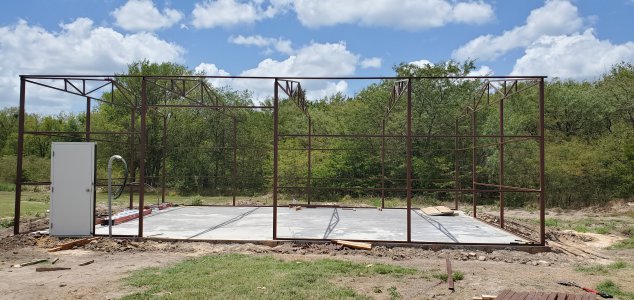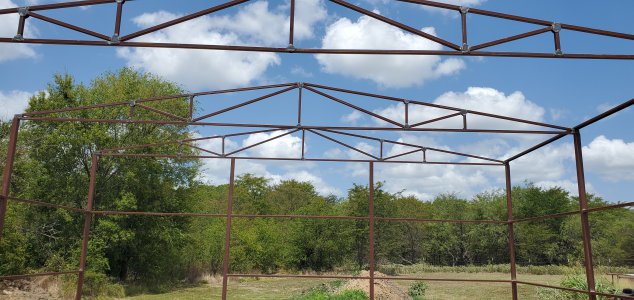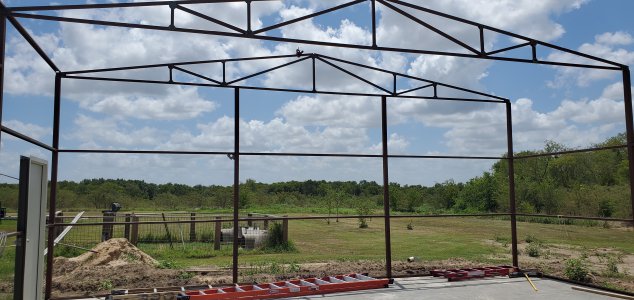Ahh .. OK. I get it. I am also somewhat rural, though perhaps not so far from other farm folk as you.
By day, my place is a many species birds and fowl haven (we feed them).
By night, it's deer, and badger, and fox, hedgehog, whatever.
In the sky too. Red kites, buzzards, sparrowhawks. They are our entertainment, even if it gets a bit bloodthirsty sometimes. I allow myself to get distracted by them.
BTW - even isolated where you are, do you have to have inspections to be conforming to building codes, etc?
Come to that, is the business of putting up the building at all subject to permission?
I am on National Parks protected land. So long as my outbuilding is not in the frontage, is 2m inside of the boundary, and does not take up more than 50% of the land not already under a building (some urban places are on 1/8 acre), I don't need any more permissions. I am surrounded by farm fields. There is another law that the outhouse must not be for human habitation, meaning fitted up with toilets and bathroom, cooking, etc, and people sleeping and living in it.
Dozing off at the bench with the face in the drawings near the beer and pizza-box does not count!





